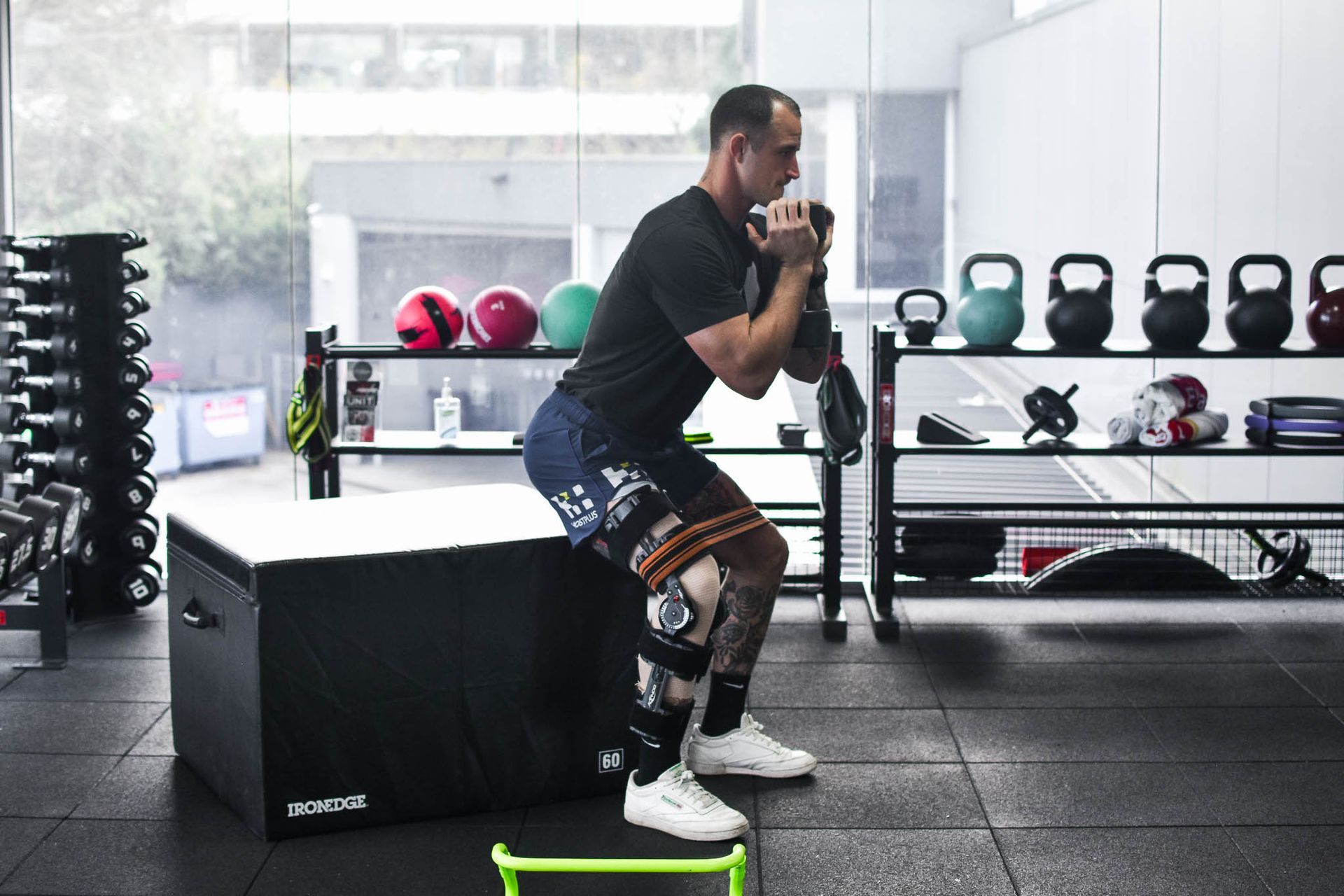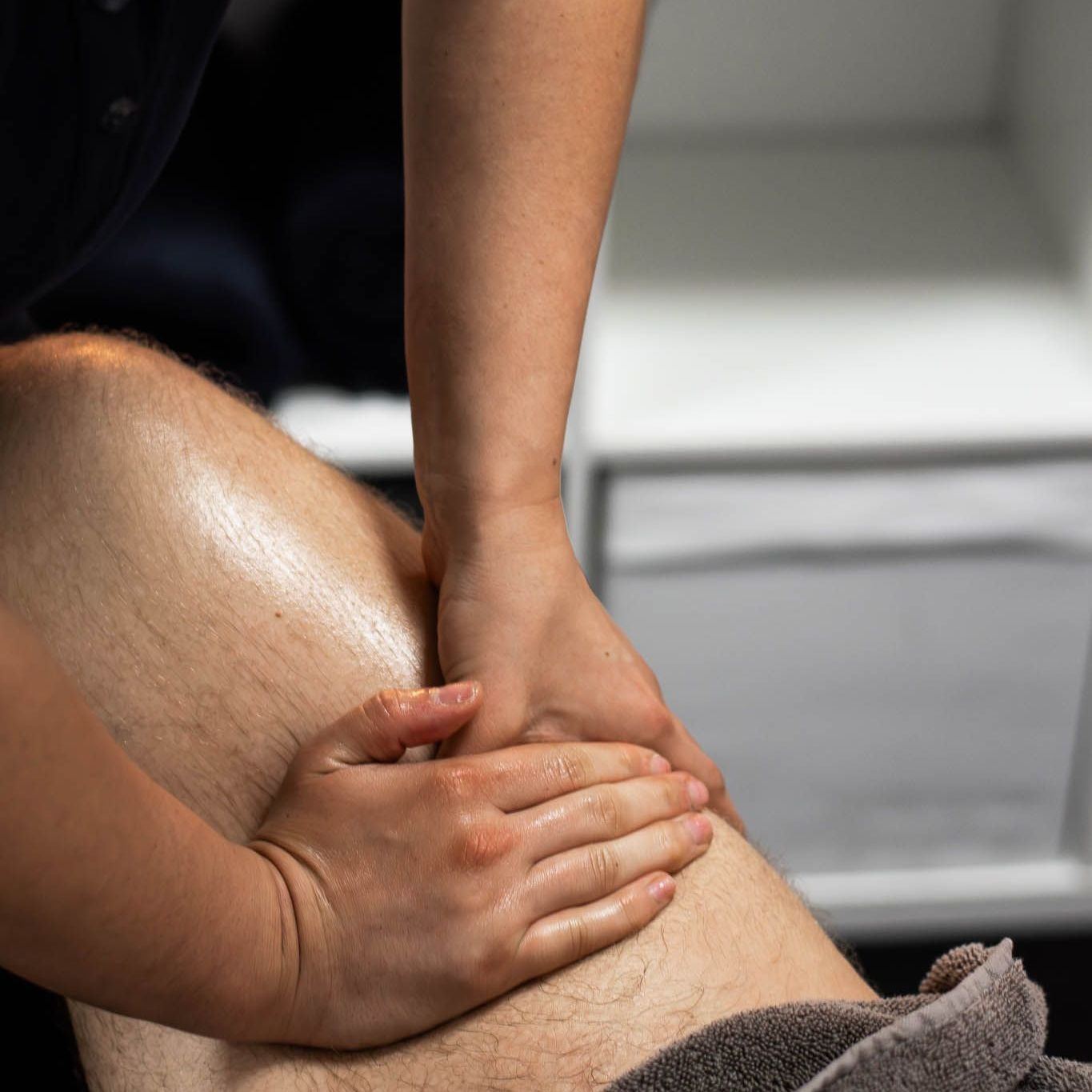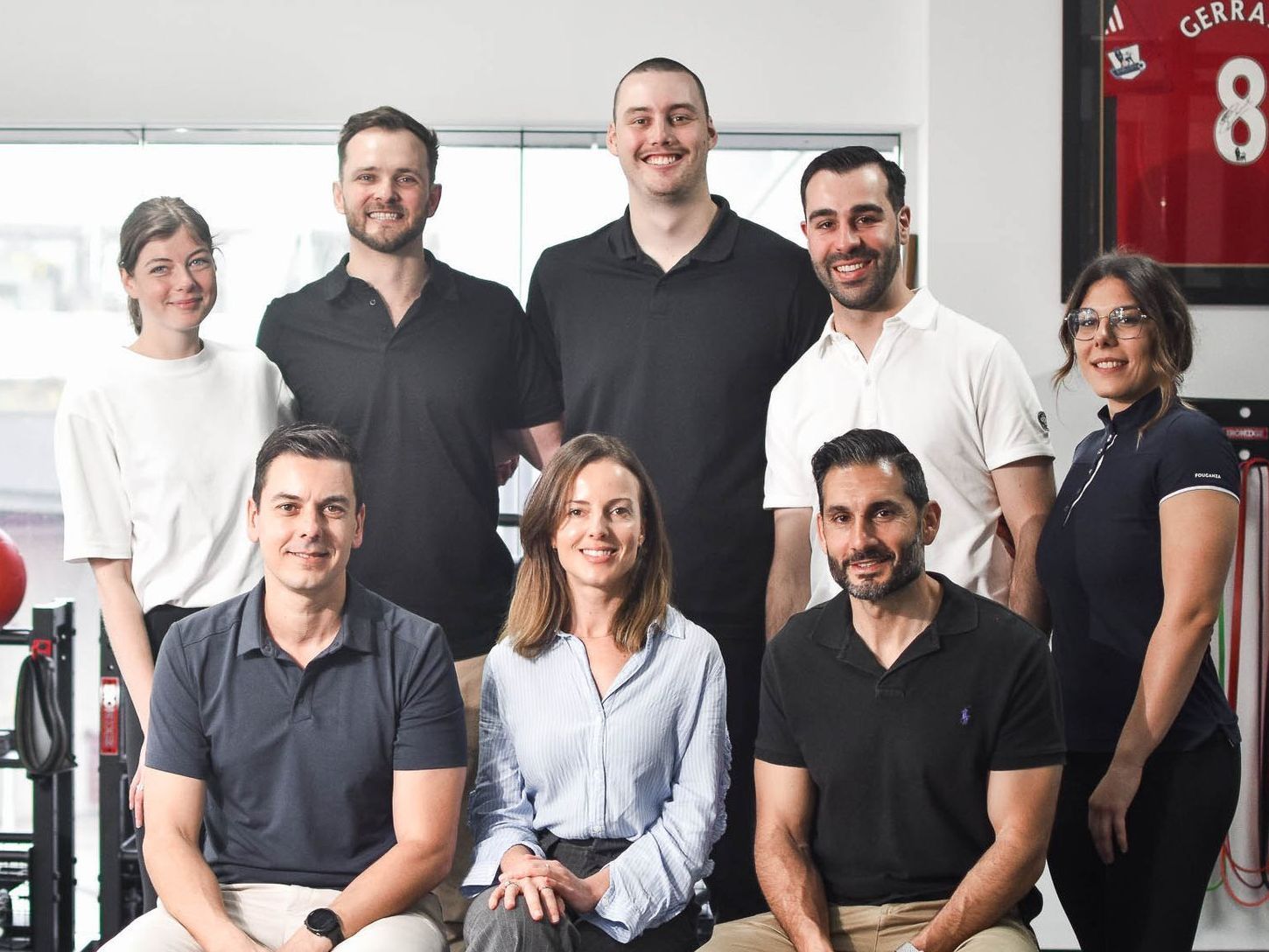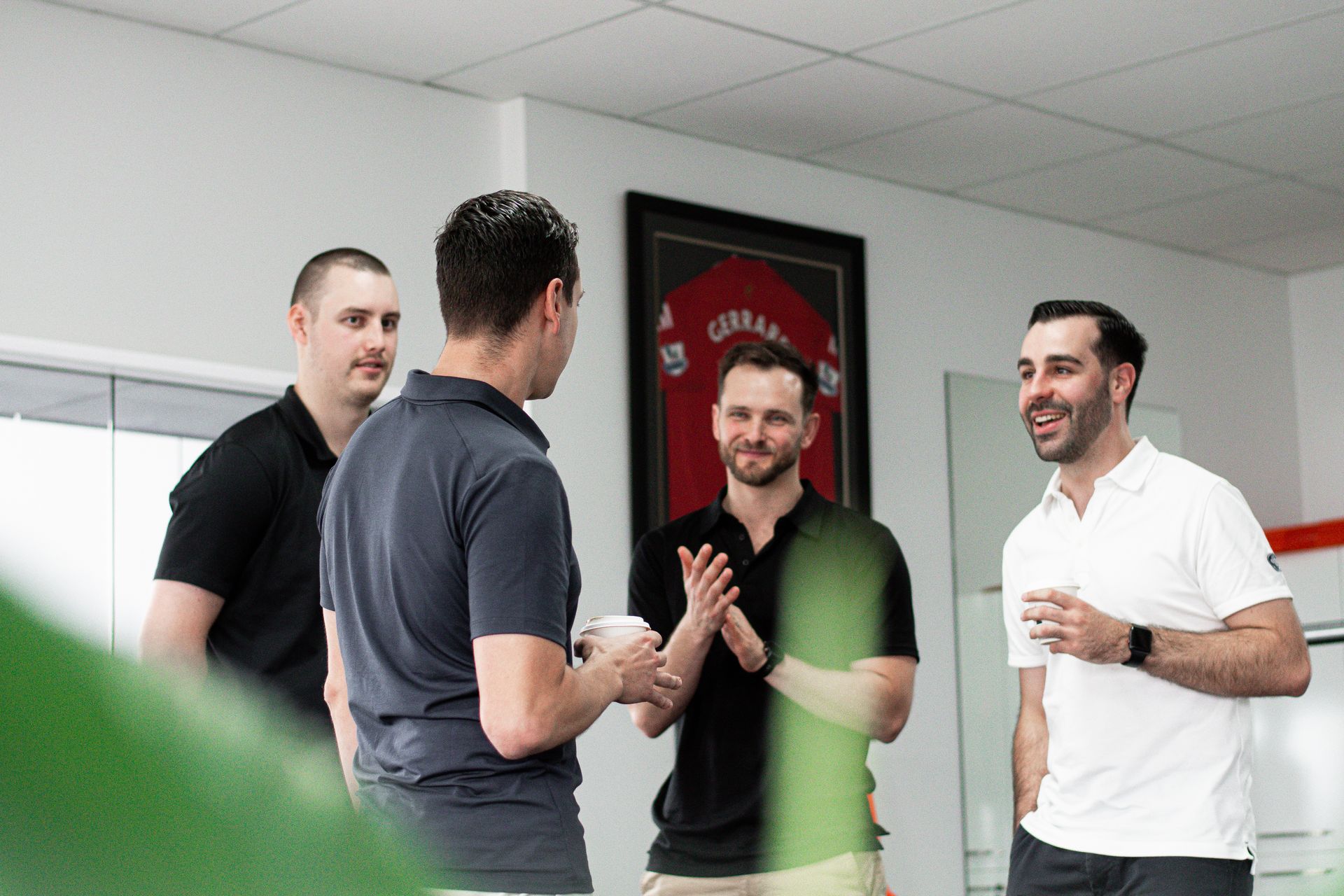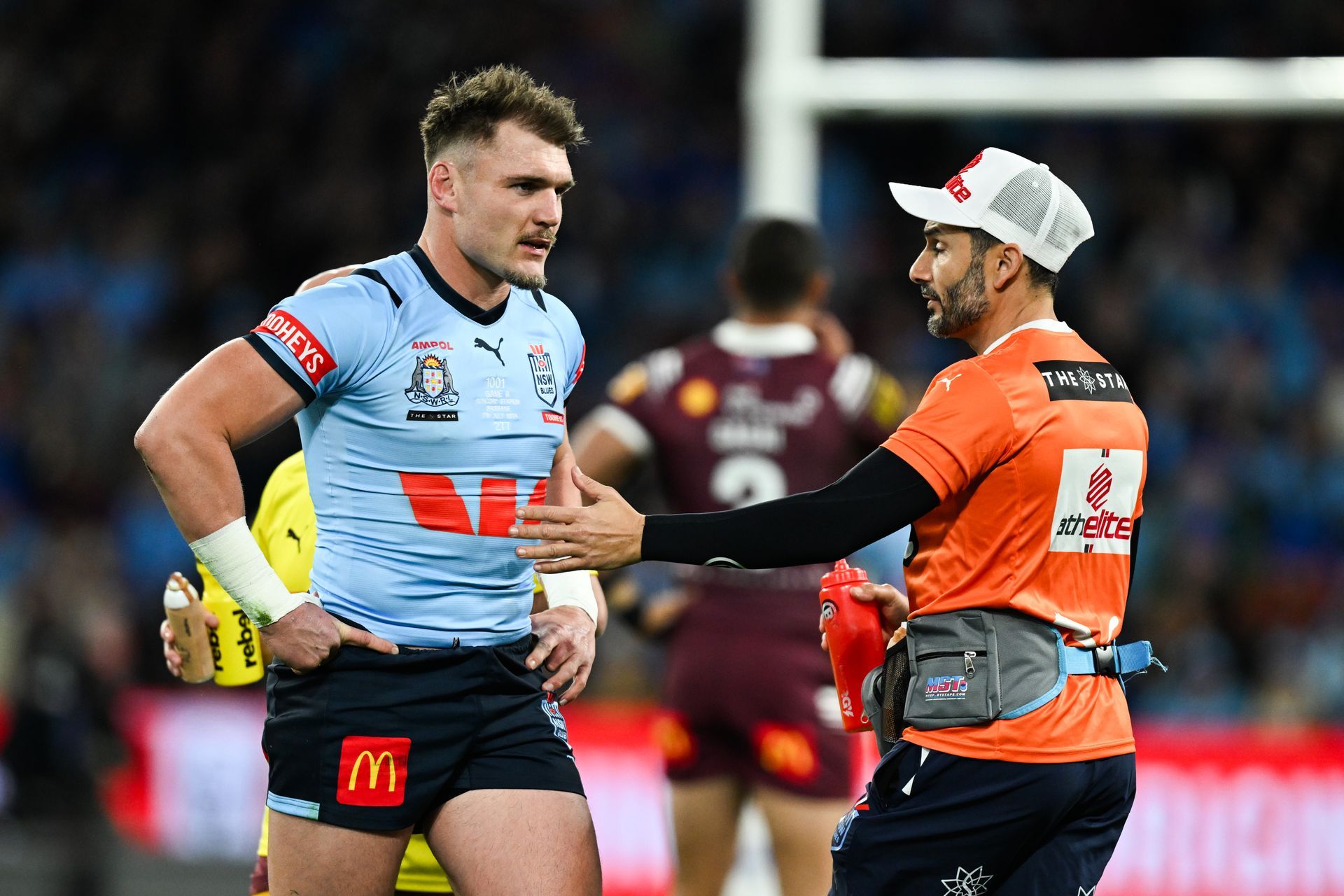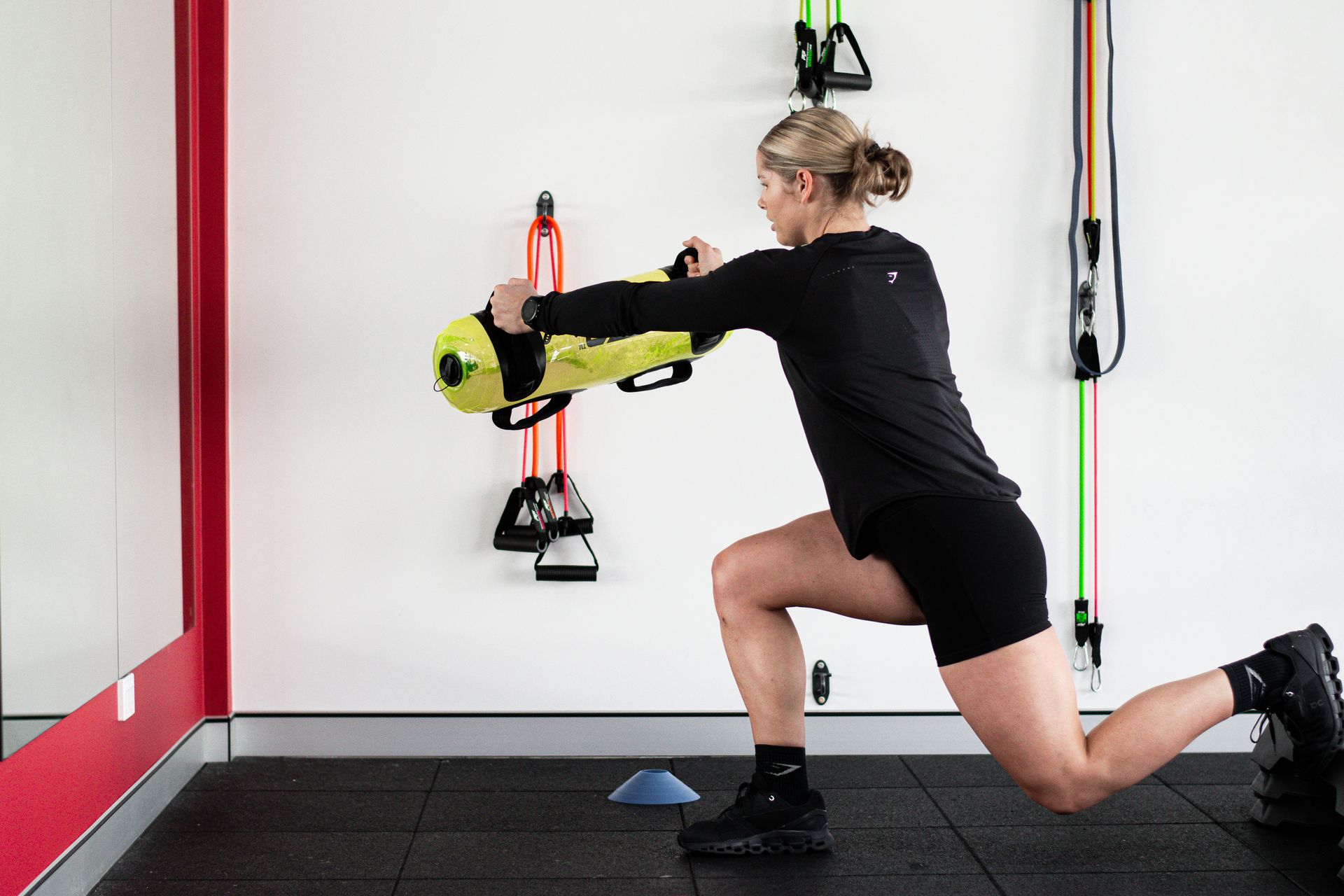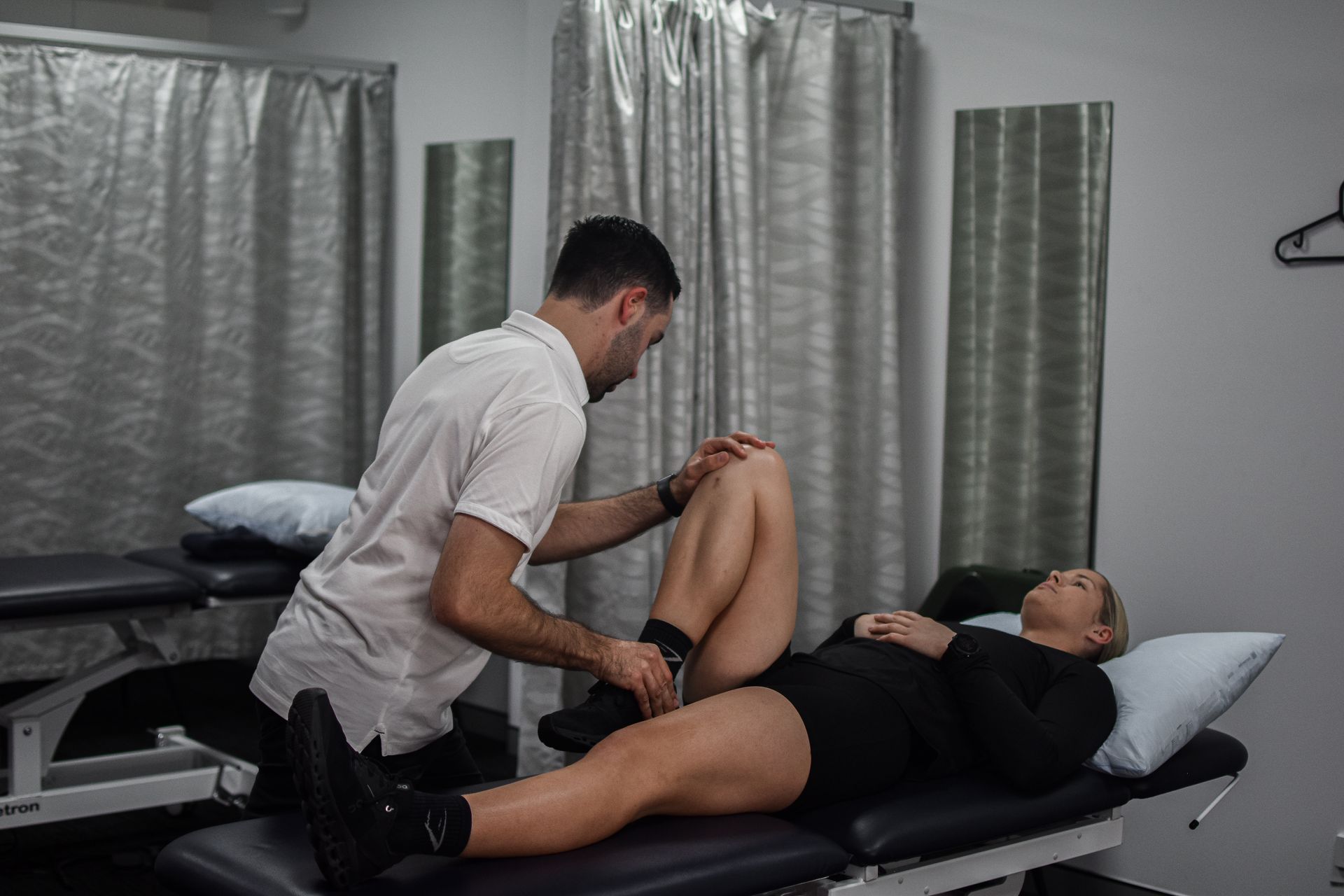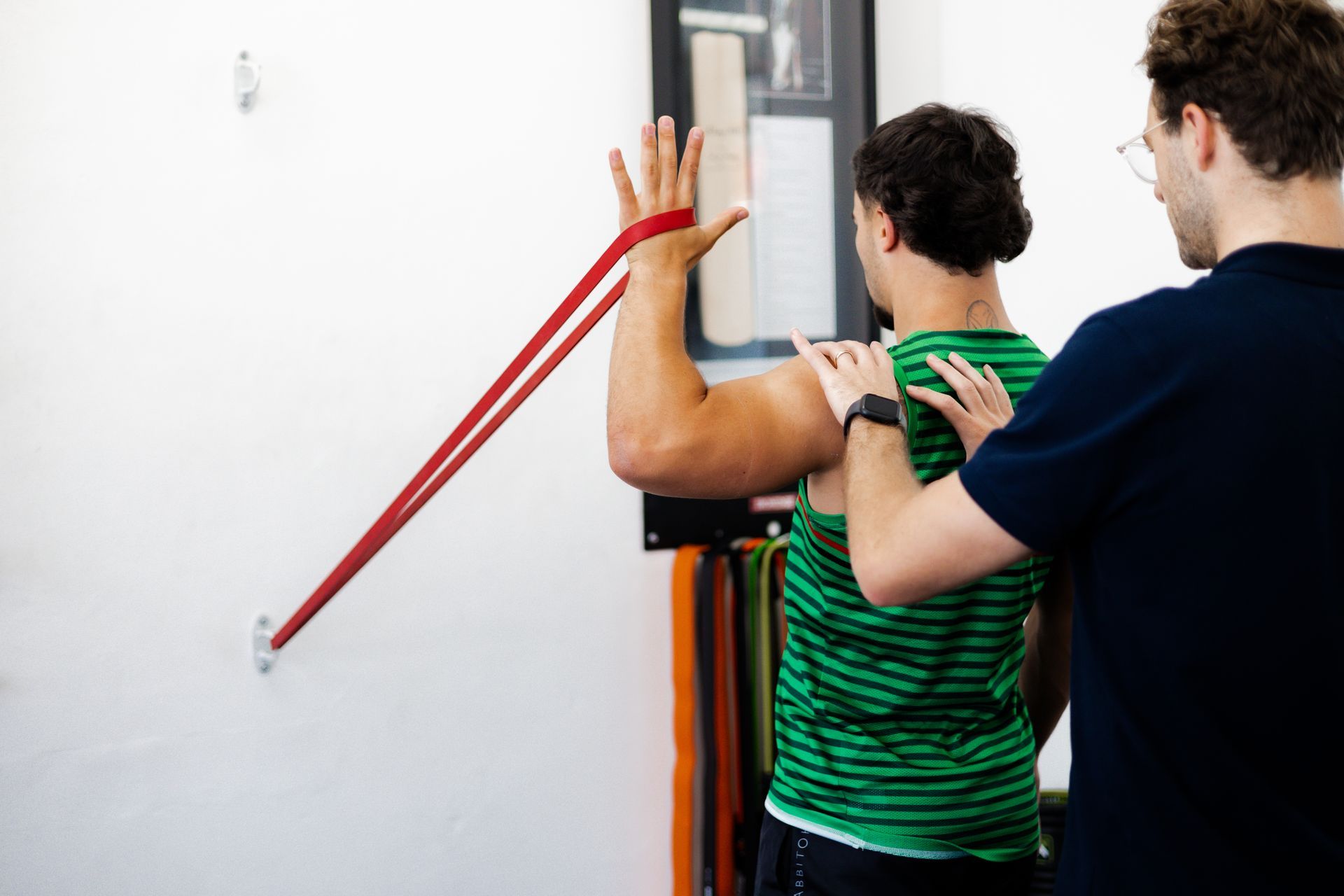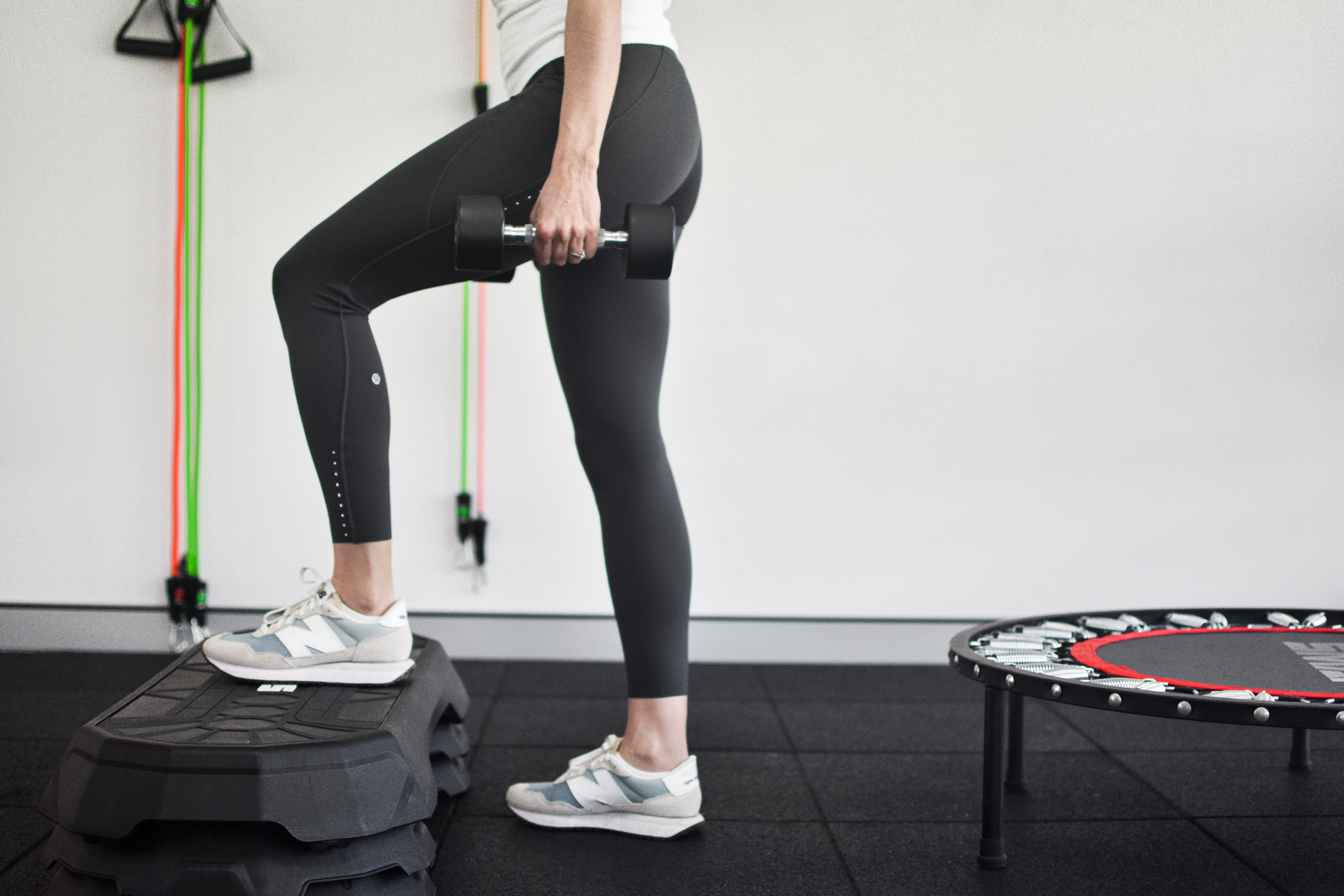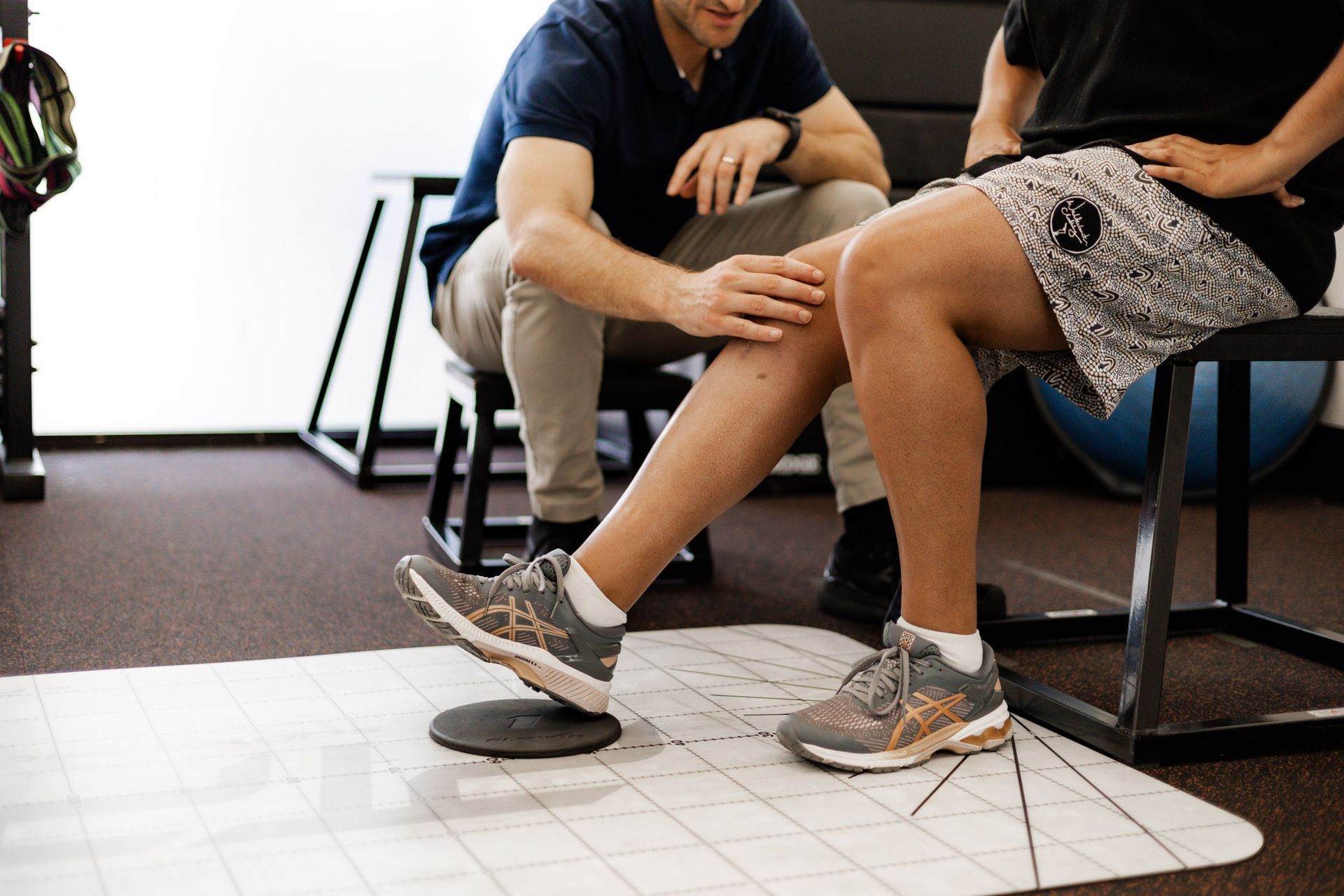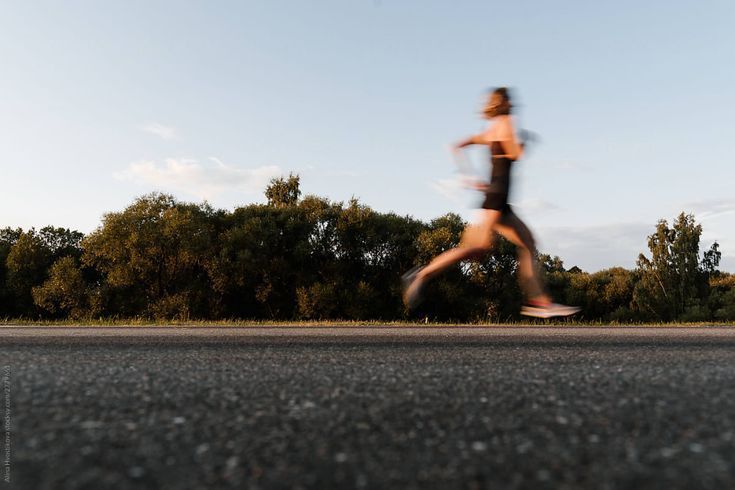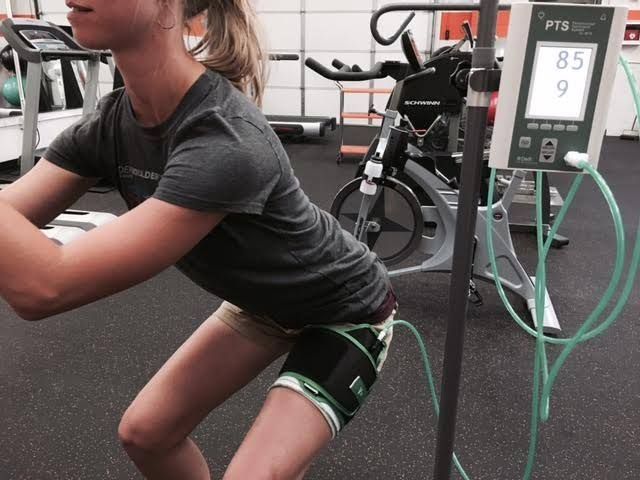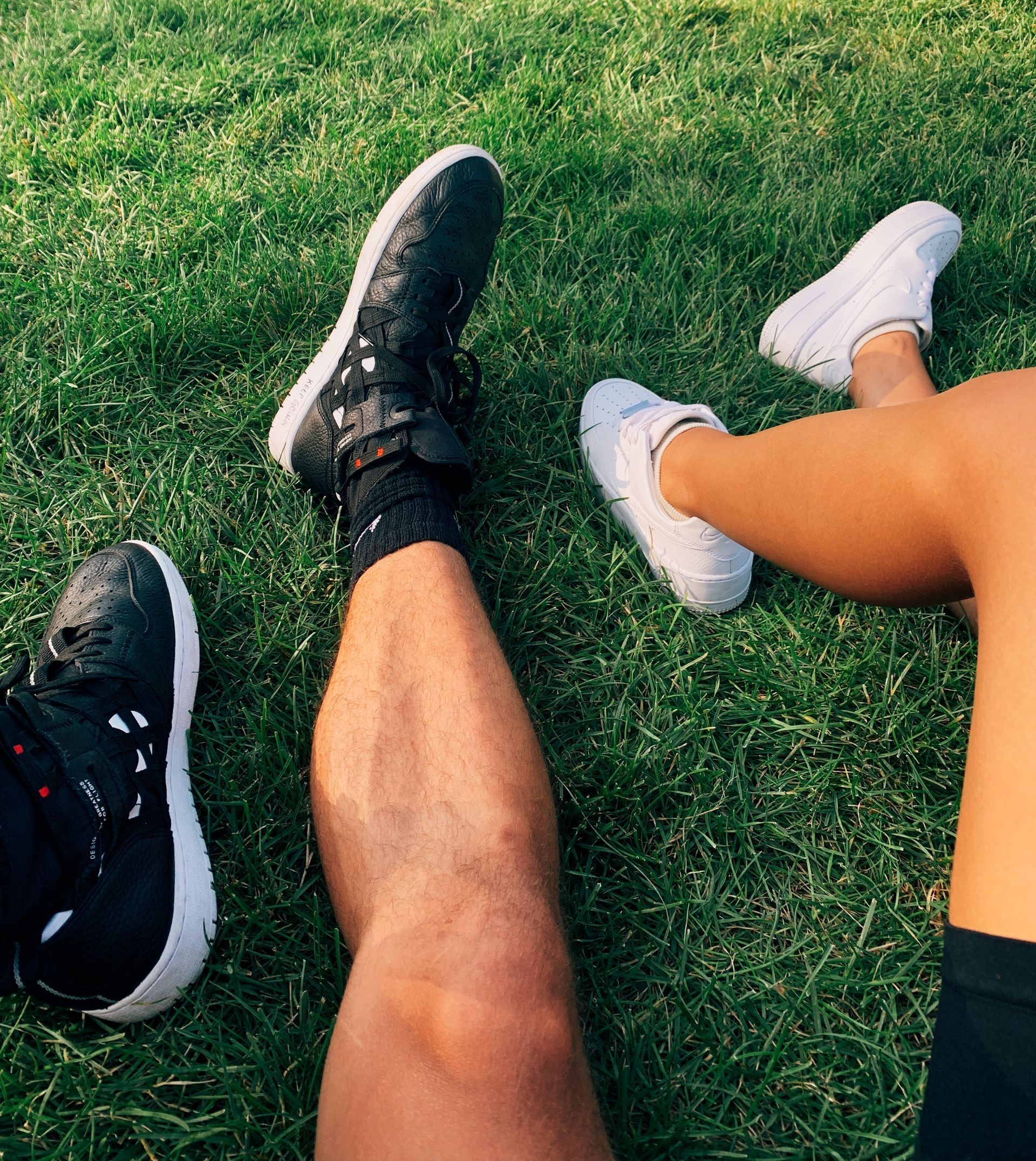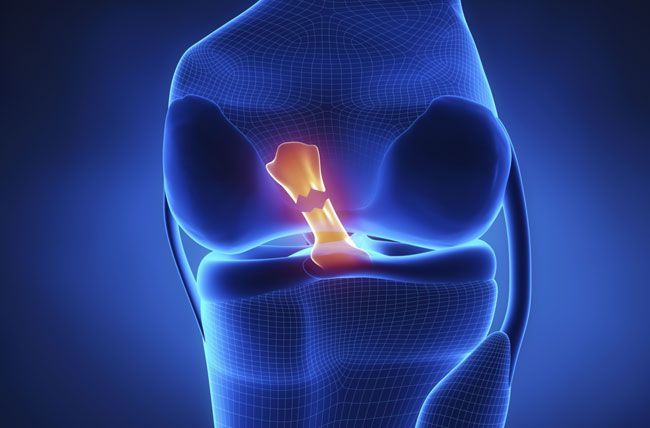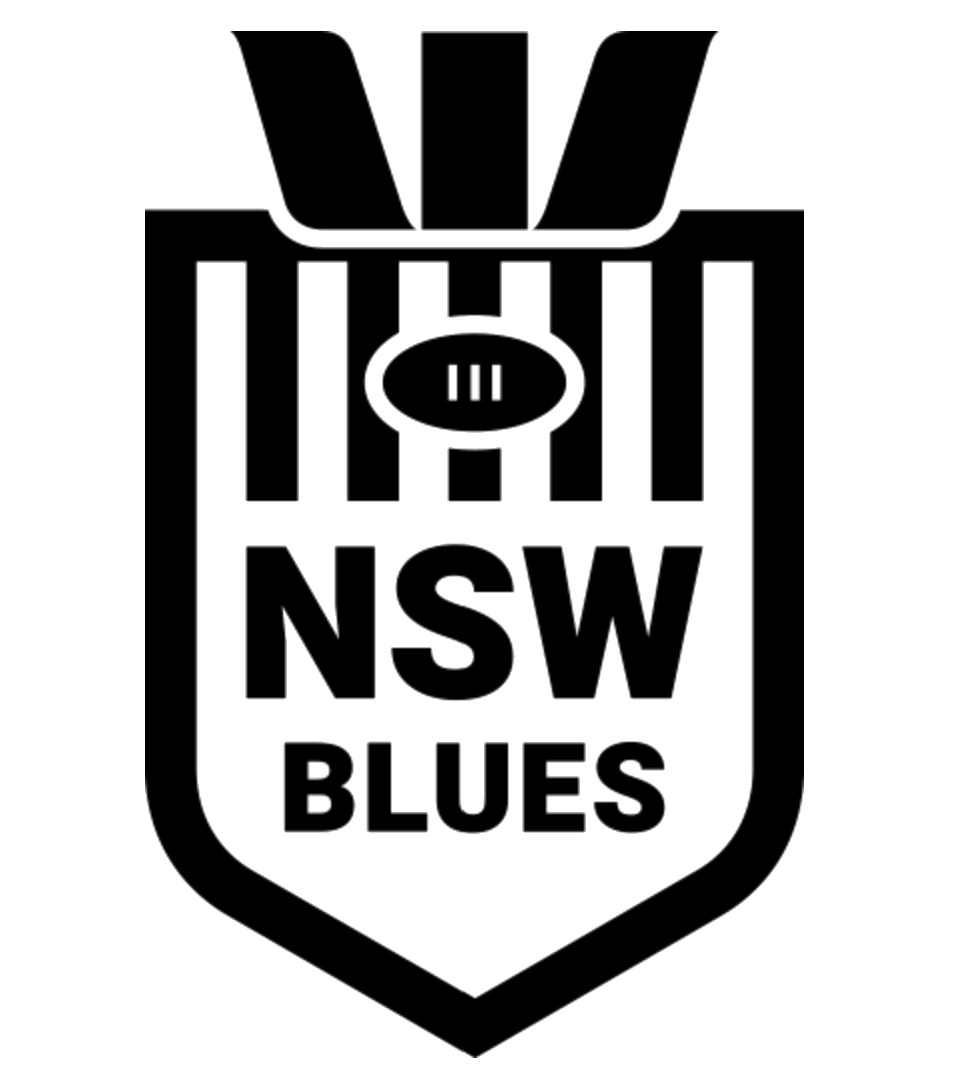New Concepts in ACL Injury Management
Anterior Cruciate Ligament Injury
Most people wanting to return to sports after an anterior cruciate ligament (ACL) injury are commonly recommended anterior cruciate ligament reconstruction (ACLR). Consequently, the annual incidence of ACLR continues to rise, particularly for younger patients and those seeking revision surgery. Unfortunately, only 65% of patients return to their pre-injury level of sports participation following ACLR, and of those who do, nearly one in four experience a subsequent ACL injury
It is important to understand that neither surgical nor conservative management will guarantee an uncomplicated return to sport, but there is now strong evidence that conservative management of ACL injuries does not result in inferior outcomes compared to surgery.
The rehabilitation process following an ACL injury is very similar whether you have opted for the surgical or non-surgical path. however timeframes for non-surgical management are usually faster, given there is no need to recover from surgery, or graft to monitor.
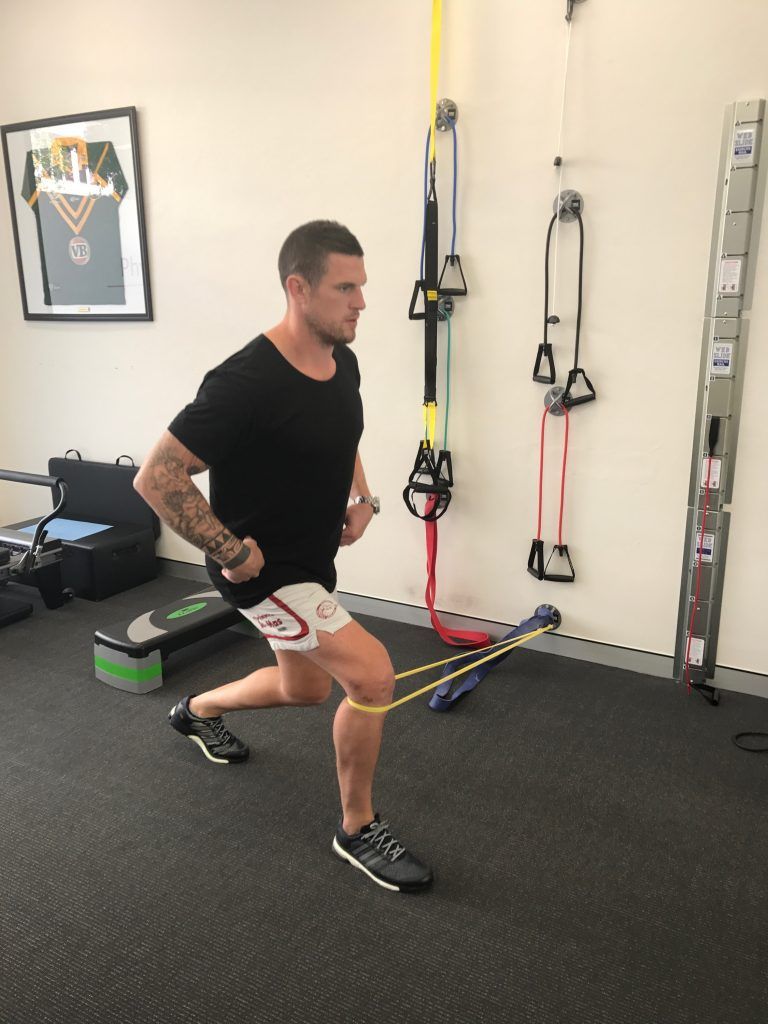
The initial consultation
Development of a comprehensive, long-term structured rehabilitation program for any patient with an ACL injury begins at the initial consultation. It is common thought that surgery is a ‘quick-fix.’ A key part of a physiotherapist’s role is to help the patient understand that irrespective of their end goal, they need to commit to a purposeful rehabilitation program, as this is a key factor in the determinant of successful outcome (Ericsson et al 2013, Eitzen et al 2010)
As a priority, our physiotherapists to use the subjective exam/interview to get a feel for the patient’s beliefs, expectations and goals around the injury, with the best research showing it is these elements that determine whether a patient chooses surgery, or not (Thorstensson et al. 2009). Here are some simple questions we commonly use to help us understand your goals, understanding of injury and potential barriers to recovery:
- ‘What do you understand the best research-evidence says about the management of ACL tears?’
- ‘Would you be pleased to know that for many patients, physiotherapy and exercise actually becomes their treatment?’
- ‘How long do you think it will take to get back to your desired level of activity?’
- ‘Are you worried about using your knee again?’
- ‘Do you believe that if you feel pain you are causing damage?’
- ‘If you feel an increase in your knee pain during an activity, do you stop or carry-on? Why/why not?’
- ‘How fearful are you of re-injuring your knee?’
Having identified a series of functional limitations in the patient interview during the initial consultation, Our physiotherapist’s then like to attempt to show a patient that often their pain can quickly be modified. This can be as simple as supporting the painful site.
Many patients who have injured their ACL, can be pleasantly surprised at how quickly their resting pain and pain with functional tasks can be considerably abolished with simple strategies like this, which diminishes a reductionist focus on the ligament as being the sole cause of their pain.
At the first session, we like to conclude by recorrecting any aberrant functional movement patterns and then use these as the initial building blocks of an exercise program. They might include repetition and practice at home of a relaxed sit-to-stand, two-legged squats or ‘baby lunge’ tasks within pain tolerable limits.
Controlled, high-quality, supervised rehabilitation over time
Generally, by the end of the first or second consultation, We like to talk about prognosis in terms of time frames with patients. Clinical guidelines and the best trials of non-surgical management for this injury recommend three to six months for returning to pre-injury activity for non surgical management and nine to twelve months for surgical management. Time frames can be quicker or longer than this (Rooney 2018, Frobell et al 2010). For non surgical management, we generally outline to patients verbally three key, fluid phases, with approximate timeframes and key focuses of management, which may include:
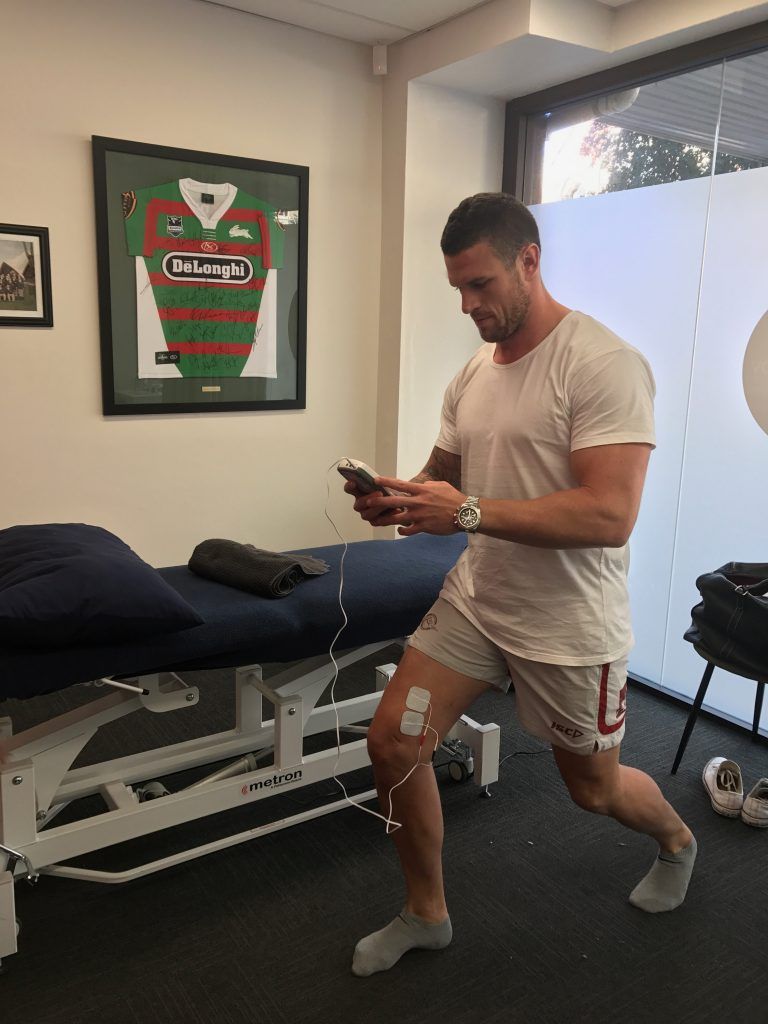
- Weeks 0-4, symptom relief: Manual therapy techniques , active range of motion exercises, balance/proprioception exercises, restoring normal functional movement patterns, 2- and 1-legged exercises as able, cycling and normal gait with graded walking programs
- Weeks 5-13, a progression of functional exercises and strengthening: Advancing 2- and 1-legged functional exercises, then stationary plyometrics, jogging/running/sprinting
- Weeks 14-28 and beyond, return to sports progressions and assessments: Dynamic plyometrics, cutting/agility drills, sports-specific drills, psychological readiness, prevention/performance-enhancing exercises.
